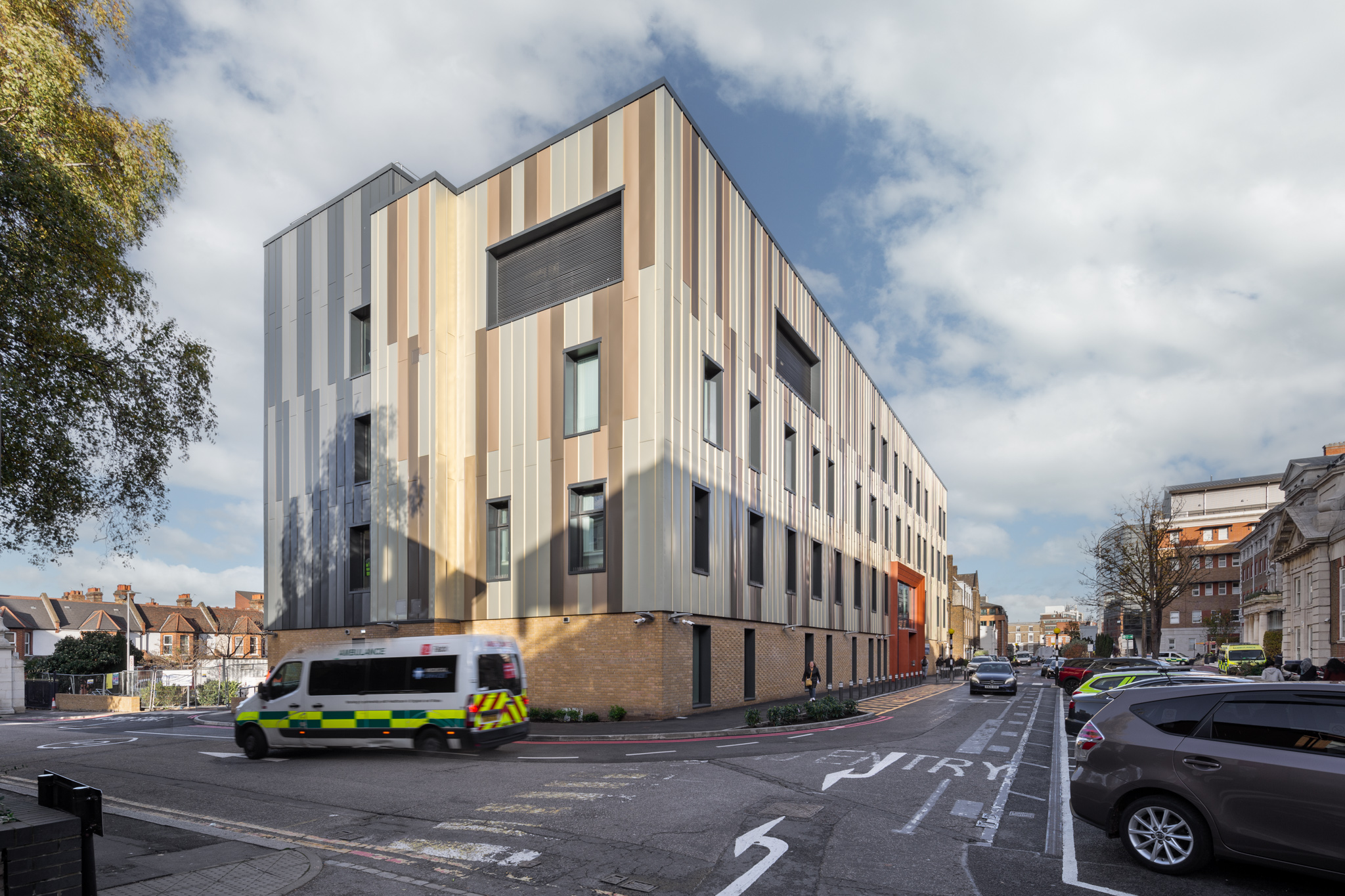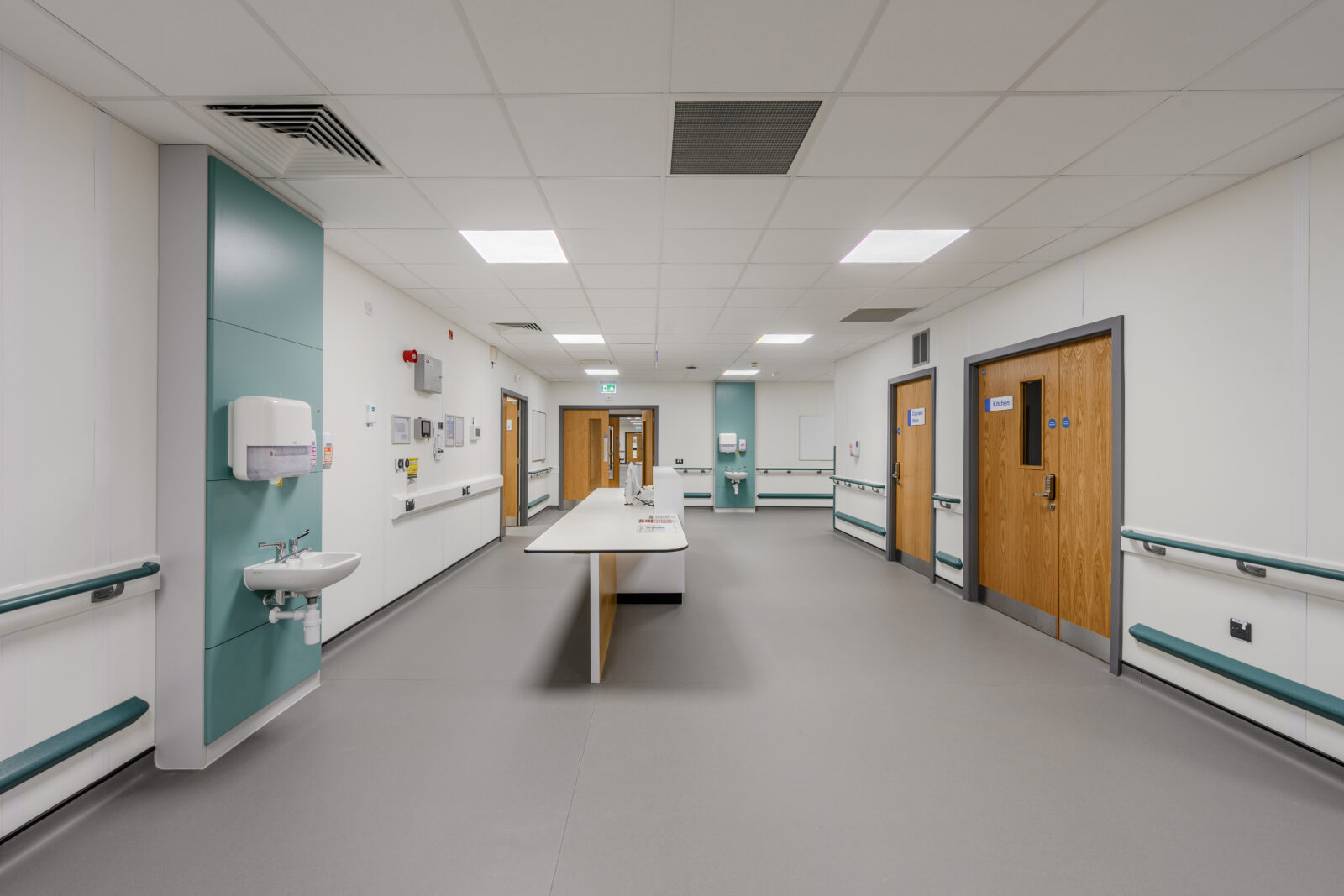NHS Property Services’ “Green Plan” needs a radical building solution
 Nathalie Meunier, Sales Director of offsite manufacturer, Premier Modular.
Nathalie Meunier, Sales Director of offsite manufacturer, Premier Modular.
Attributed to Nathalie Meunier, Sales Director of offsite manufacturer, Premier Modular.
In the latest move towards a net zero health service by 2040, NHS Property Services has announced its Green Plan. The overarching goal of the Plan is to reduce the environmental impact of NHS facilities, targeting the 100 most pollutant sites by implementing sustainable practices across energy, data, the environment and waste management.
Choosing which construction methods to implement has the power to make or break the Plan. With a primary goal being the completion of 90 decarbonisation projects within the next three years, using the best, sustainable building practices is crucial to help meet the ambitious targets the NHS has set itself.
Becoming familiar with principles of circular economy and, crucially, implementing them, is essential for organisations looking to reduce their carbon footprint and prioritise sustainability. Circular economy is a model whereby resources are reused, recycled or repurposed once their initial objective has been fulfilled. The model cuts waste and boosts cost efficiency for organisations by keeping products and materials in use for as long as possible, improving supply chain resilience.
Offsite construction is a great example of circular economy principles in action. Because modular buildings are so adaptable, they can be hired for a certain number of years, before being repurposed further down the line once they’ve fulfilled their original objective. For example, a facility initially used for hospital wards can be repurposed into consulting rooms or alternative clinical areas as needs change over time.
This reusability would help the NHS to uphold its commitment to reducing its carbon footprint and continuously improve the organisation’s environmental impact. In the health sector, high quality, fast track, bespoke solutions are required on both a temporary and permanent basis. Whilst rental buildings are often needed to support hospitals with patient decant facilities while undergoing refurbishment, the bigger benefit may derive from their adaptability to future-proof provision of specialist facilities that are essential for rehousing patients and staff with minimal disruption to ongoing services.
Getting on top of the health service’s waste management strategy will be instrumental in the Green Plan’s success, and construction has a huge role to play. Traditional sites are considered highly pollutant, generating more waste and carbon emissions due to poor waste management practices. Alternative construction methods, such as modular, offer greater accuracy due to finely tuned planning processes and pre-designed, compliance-approved buildings that are manufactured off site. Construction is therefore more efficient, less labour-intensive and generates minimal waste.
It’s not just the construction of buildings that must be sustainable. Operational carbon must also be taken into account. For example, older buildings are typically less energy efficient due to insufficient or absent insulation, whereas new, well-insulated buildings will help keep energy bills down by conserving heat. Going one step further, modular buildings can be designed to be entirely net zero in operation, offering the health service the opportunity to slash its carbon emissions and energy bills, making invaluable long-term financial savings.
NHS Property Services has laid out ambitious targets, which strive to create a better, greener future for the health service. With careful consideration, the NHS can develop new buildings efficiently whilst maintaining environmental and financial sustainability for years to come.



